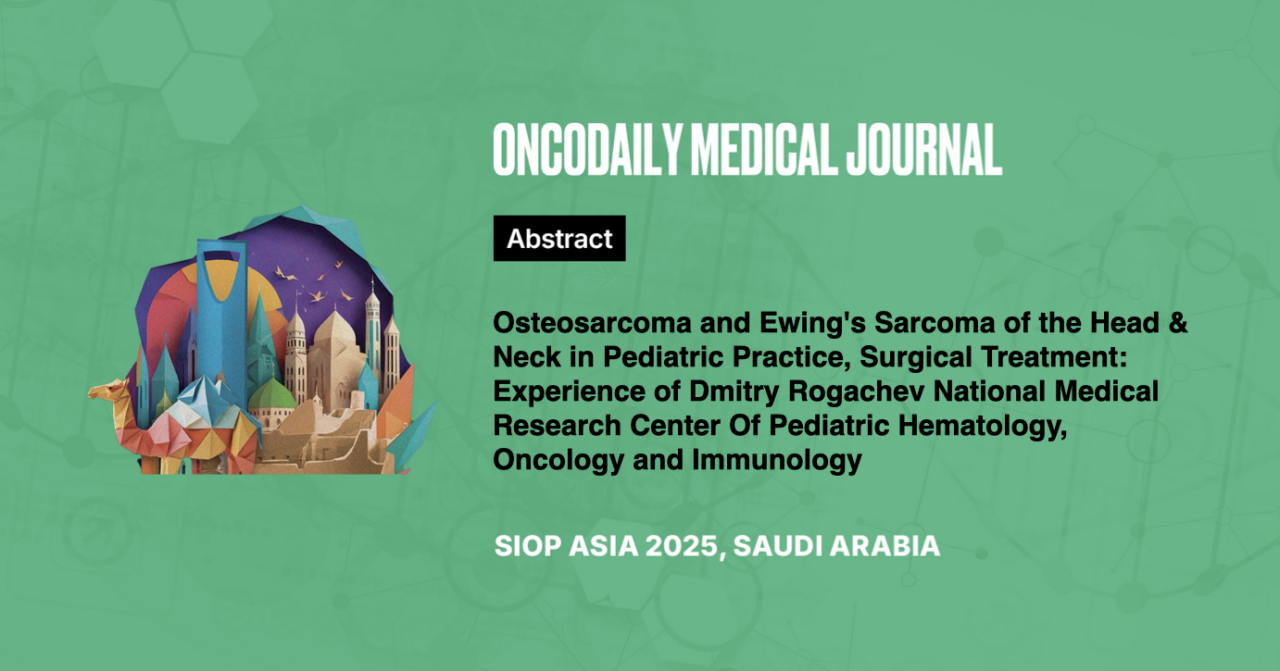Osteosarcoma and Ewing’s Sarcoma of the Head & Neck in Pediatric Practice, Surgical Treatment: Experience of Dmitry Rogachev National Medical Research Center Of Pediatric Hematology, Oncology and Immunology
Abstract
Introduction: Osteosarcoma and Ewing’s sarcoma are malignant tumors that develop from bone tissue and are rare tumors in pediatric practice. The localization of the primary focus of these tumors can be any anatomical area, however, they most often occur in the upper and lower extremities and pelvic bones. The primary localization of tumor in head & neck region according to various data, which range from 1% to 9.8%.
Methodology: A retrospective analysis of surgical interventions and long-term results for osteosarcoma and Ewing’s sarcoma of maxillofacial bone localization was carried out, including both an analysis of surgical local control and reconstructive approaches of this group of patients. From 2015 to November 2024, 33 patients with primary osteosarcoma and Ewing’s sarcoma with localization of the tumor of the maxillofacial region received surgical treatment at Dmitry Rogachev NMRC of PHOI.
All patients with osteosarcoma were treated according to the EURAMOS protocol, with Ewing’s sarcoma – according to the Euro-Ewing 2008/2012 protocols. Also, during this period, three patients were treated for secondary osteosarcoma after radiotherapy.
Results: The lesion of the mandible occurred in 13 patients (in 6 clinical cases – osteosarcoma, in 7 clinical cases – Ewing’s sarcoma). Upper jaw lesion in 10 patients (osteosarcoma in 4 clinical cases, Ewing’s sarcoma in 6 patients). Localization of the tumor process at the base of the skull occurred in 6 patients (1 patient with osteosarcoma, 5 patients with Ewing’s sarcoma). Temporal bone lesion was found in 2 clinical cases (histologically, Ewing’s sarcoma was present in all patients). In 2 patients, the tumor affected the frontal bone (2 patients with Ewing’s sarcoma).
Conclusion: Modern technologies – individual planning using resection templates, microsurgical technologies, the use of endoprosthesis technologies followed by complex maxillofacial rehabilitation allow to achieve functional and aesthetic results of surgical treatment.





